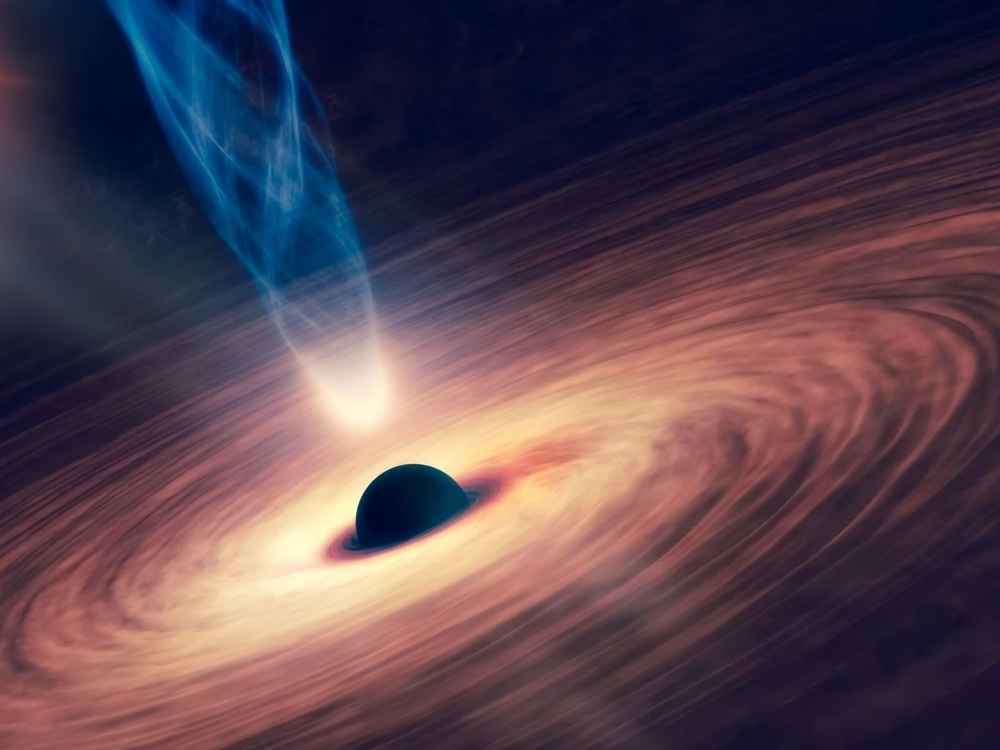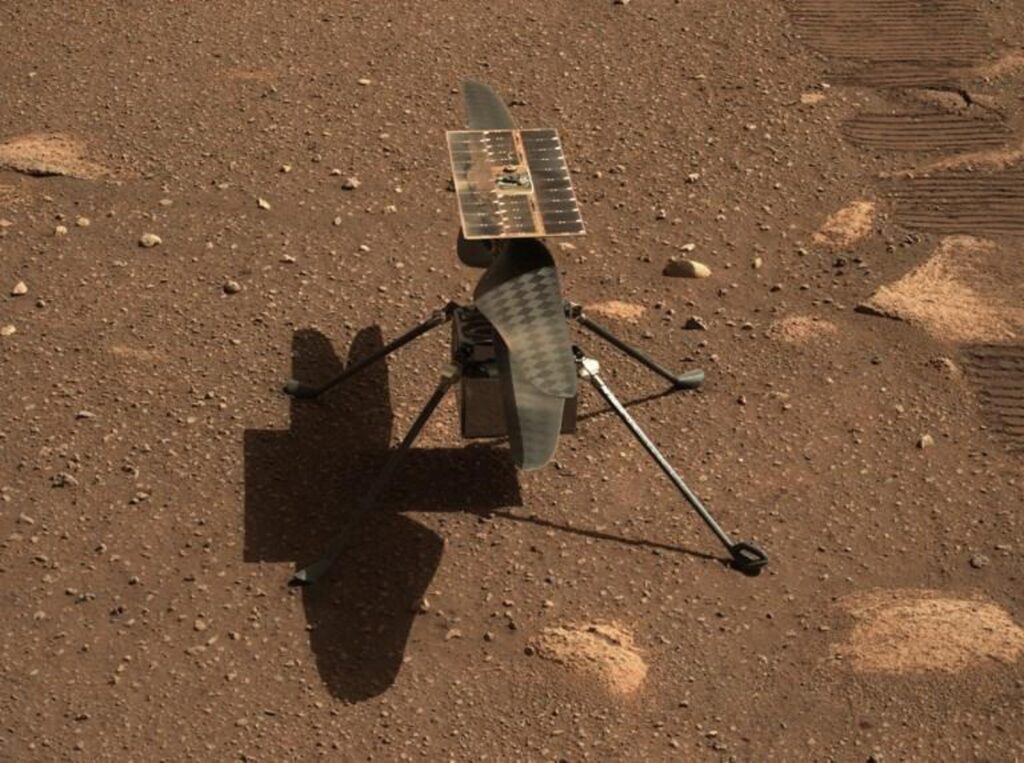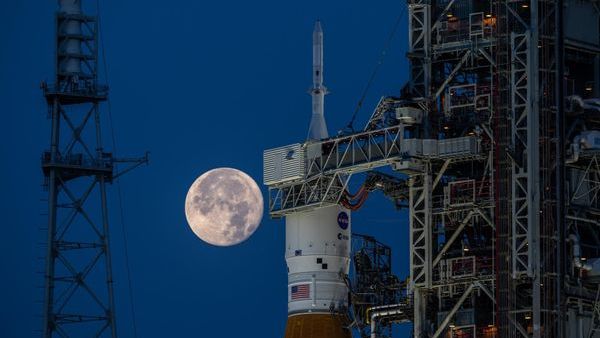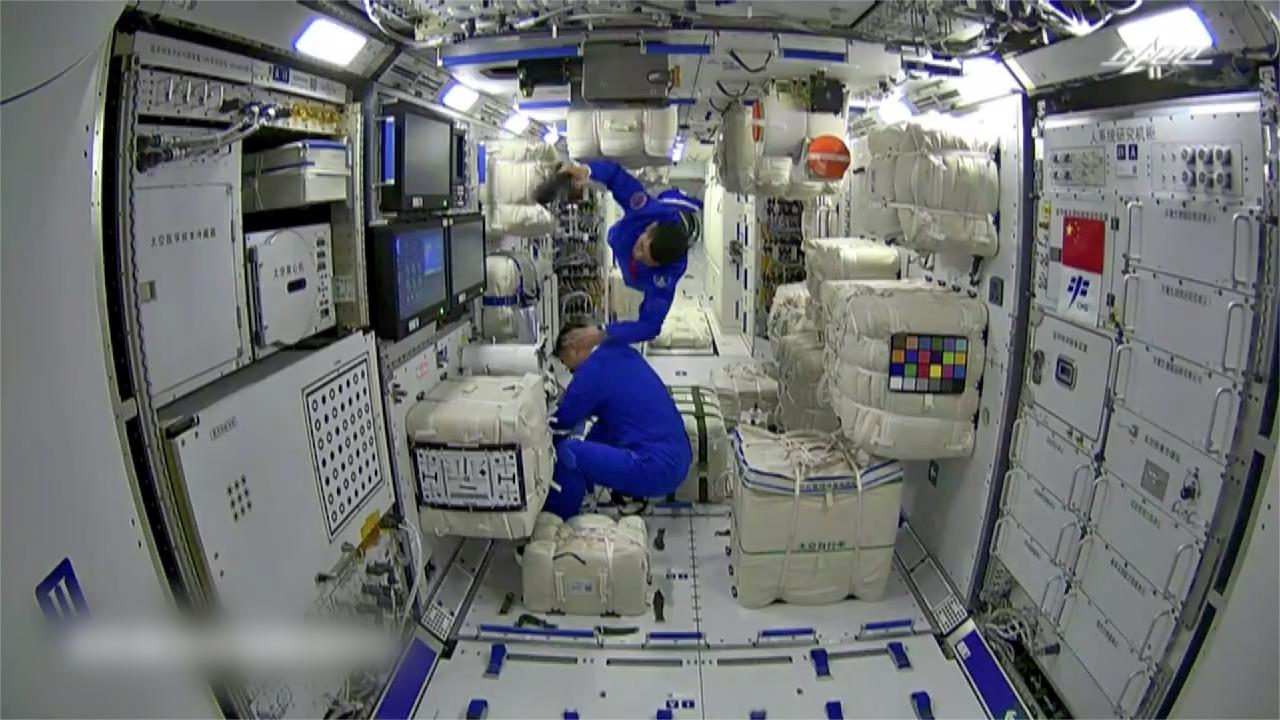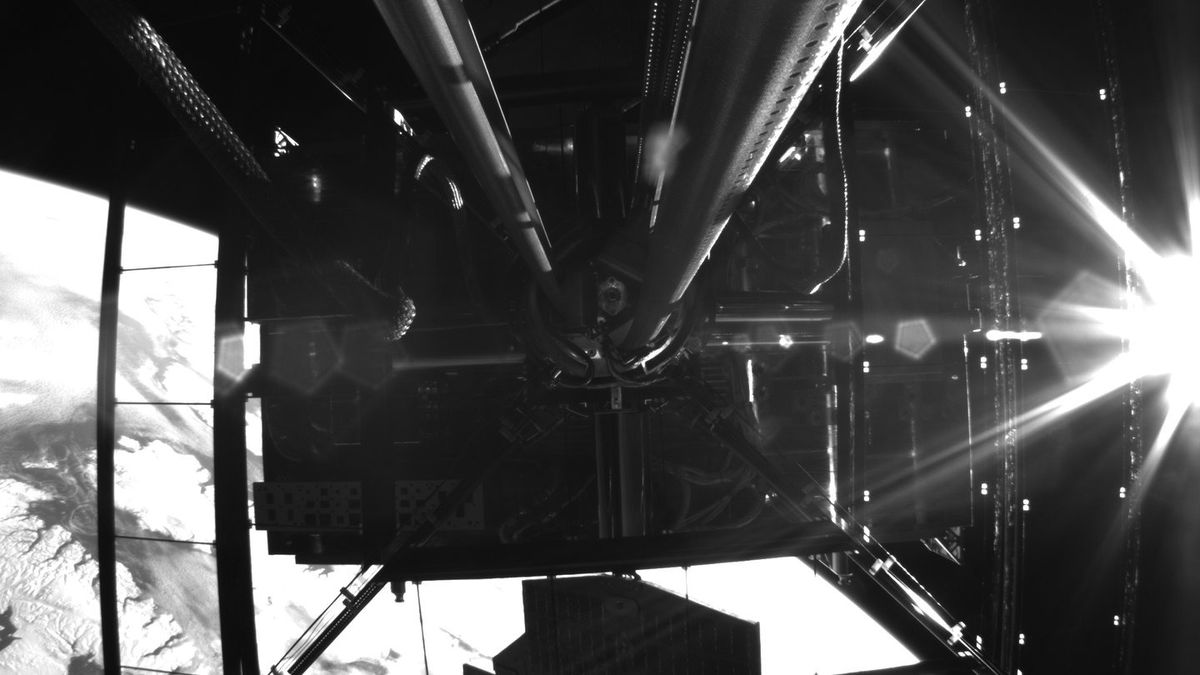This extraordinary phenomenon, detected by astronomers utilizing the ATLAS network of robotic telescopes, stands out for its immense energy release, surpassing typical supernovas by a staggering factor of 100.
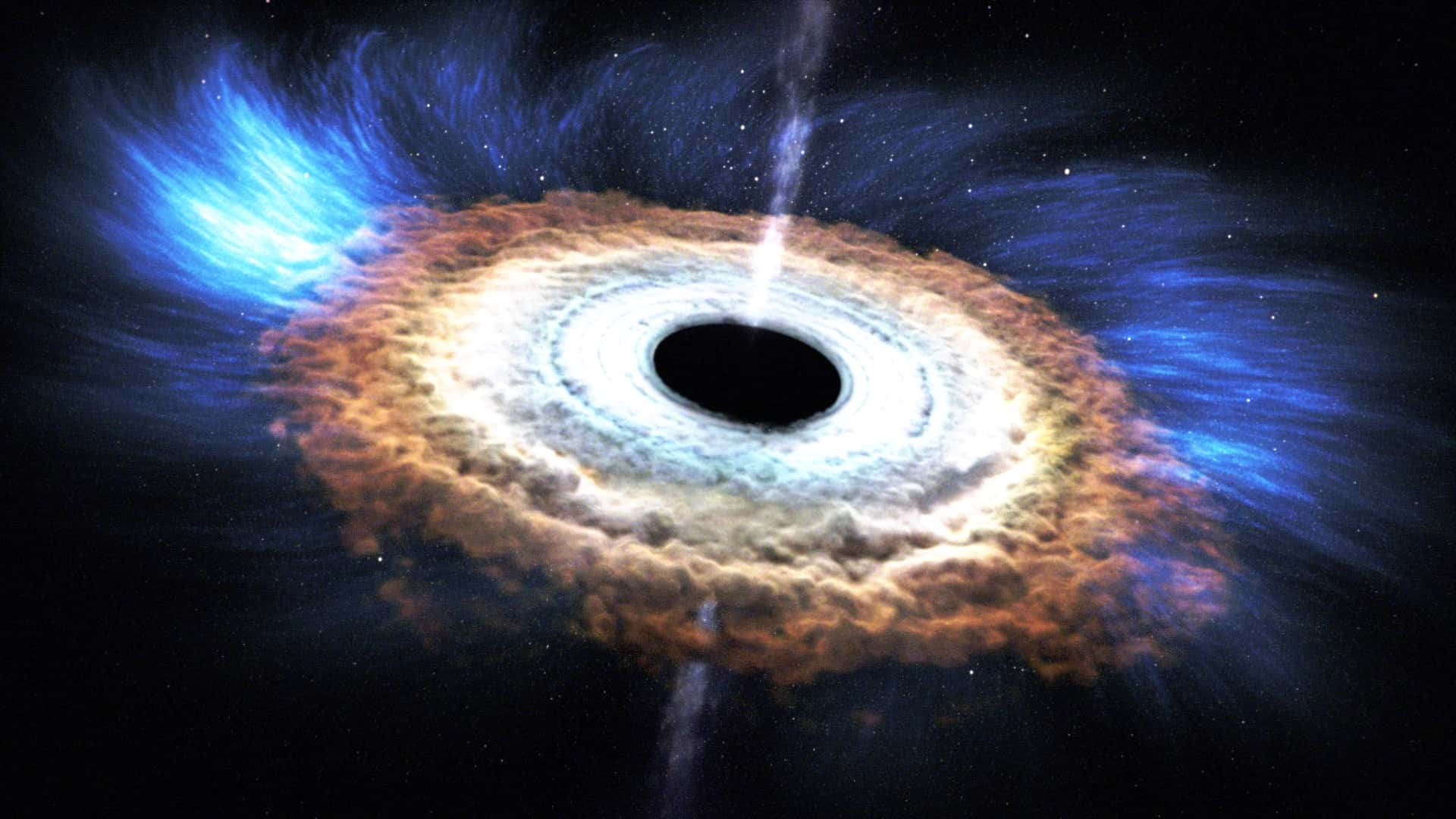
In a groundbreaking cosmic event, scientists have observed an unprecedented explosion named AT2022aedm, believed to be caused by a black hole destroying a star
Led by astrophysicist Matt Nicholl from Queen’s University Belfast, the research team noted the rapid fading of AT2022aedm after its peak, diminishing to only 1% of its initial brightness in a mere 14 days. This indicates an energy emission equivalent to the sun’s entire lifespan in just two weeks, marking this event as a “Luminous Fast Cooler” (LFC), a category unique in its characteristics.
Nicholl proposes that the most likely explanation for LFCs like AT2022aedm involves the black hole destroying a star. Through meticulous elimination of other potential causes, the team concluded that the explosion could not be attributed to conventional core-collapse or Type-Ia supernovas.
The attention then turned towards a black hole destroying a star, specifically one of smaller mass, as the point of origin for this exceptional event was distinctively away from the center of its host galaxy. This indicates the potential involvement of a smaller black hole destroying a star, rather than the supermassive counterparts commonly associated with Tidal Disruption Events.
There is speculation that an intermediate-mass black hole destroying a star, falling between stellar and supermassive black holes in size, might be responsible for this extraordinary occurrence
Investigating such a black hole destroying a star could offer valuable insights into the early growth of supermassive black holes. As the team delves further into this enigma, the discovery of two similar past occurrences in archival data suggests that this class of explosive cosmic events may have been overlooked in previous studies. Nicholl’s next venture involves exploring globular clusters, dense stellar groupings that might provide the ideal conditions for small or medium-sized black holes to engage in star destruction and trigger an LFC. This groundbreaking revelation promises to reshape our understanding of the cosmos, underscoring the profound potential for discoveries in the realm of astrophysics.
READ ALSO: The Indian Space Research Organisation Unveils Striking Imagery From Aditya-L1 Solar Probe Mission
